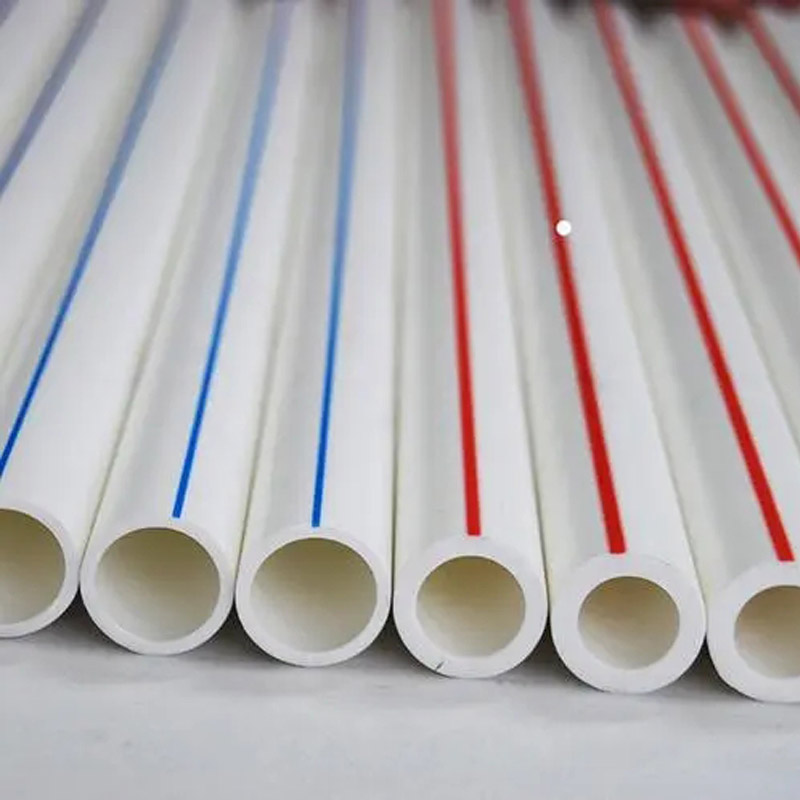Nov . 09, 2024 09:31 Back to list
PVC Pipe Size Specifications for Manufacturing Applications and Standards
Understanding PVC Pipe Dimensions and Their Importance in Construction
Polyvinyl Chloride (PVC) pipes have become a staple in the construction and plumbing industry due to their versatility, durability, and cost-effectiveness. Among the many factors that contribute to the successful application of PVC pipes in various projects, understanding their dimensions is crucial. This article delves into PVC pipe dimensions, their standard measurements, and the significance of these specifications in both residential and industrial applications.
The Importance of PVC Pipe Dimensions
PVC pipes come in various diameters, wall thicknesses, and lengths. The dimensions of these pipes are essential for ensuring that they fit properly in a given system, whether it’s for water distribution, drainage, or chemical transport. A correct fit can prevent leaks, reduce the risk of system failure, and ensure that the flow rates meet the required standards.
The dimensions of PVC pipes are regulated by several organizations, including the American National Standards Institute (ANSI) and the American Society for Testing and Materials (ASTM). These standards provide a basis for manufacturers to produce pipes that are consistent and compliant with industry regulations. Understanding these standards, especially when it comes to diameters and pressure ratings, can significantly affect the performance of a plumbing system.
Standard PVC Pipe Dimensions
PVC pipes typically come in two primary measurement systems schedules and sizes. The most commonly used schedules are Schedule 40 and Schedule 80. These schedules are indicative of the pipe’s wall thickness and pressure rating.
- Schedule 40 PVC Pipes These are the most common type used in residential applications. They are available in a range of diameters from ¼ inch to 24 inches. The wall thickness increases with the diameter, providing resistance to pressure while remaining relatively lightweight. Schedule 40 pipes are often used for drainage, irrigation, and sewage systems.
- Schedule 80 PVC Pipes These pipes have thicker walls than Schedule 40 pipes, making them suitable for higher pressure applications. They are available in similar diameters, but their strength allows them to be used in industrial applications where pressurized water or chemicals are transported.
pvc pipe dimensions factory

In addition to these schedules, PVC pipes are also classified based on their Nominal Pipe Size (NPS) or Diameter Nominal (DN), which determines the pipe's internal diameter. Common diameters include 1 inch, 1.5 inches, 2 inches, and so on. Understanding these classifications helps engineers and builders select the right pipes for specific applications.
Factors Influencing the Choice of PVC Pipe Dimensions
Several factors influence the selection of appropriate PVC pipe dimensions
1. Fluid Type The nature of the fluid being transported plays a significant role in determining the pipe's dimensions. For instance, corrosive chemicals may require thicker walls for added protection.
2. Flow Rate The required flow rate will influence the pipe diameter. A larger diameter allows for higher flow rates, which is essential in applications like fire protection systems or high-capacity drainage.
3. Pressure Rating Each PVC pipe has a maximum pressure rating determined by its diameter and wall thickness. Confirming that the selected pipe can handle the expected pressure is vital to ensure safety and prevent failures.
4. Installation Environment Factors like soil conditions, temperature fluctuations, and potential exposure to UV light can impact the choice of PVC pipe dimensions. Thicker-walled pipes may offer better durability in challenging environments.
Conclusion
In summary, understanding PVC pipe dimensions is an integral part of planning and executing construction projects. Whether it's for residential plumbing, irrigation systems, or industrial applications, selecting the correct size and type of PVC pipe contributes to the efficiency and longevity of the system. By adhering to the standards set by regulatory bodies and considering specific project requirements, contractors and engineers can avoid costly mistakes and ensure successful outcomes. As the industry continues to evolve, staying informed about PVC pipe dimensions and their applications will remain essential for professionals in the field.
-
High-Quality PVC Borehole Pipes Durable & Versatile Pipe Solutions
NewsJul.08,2025
-
High-Quality PVC Perforated Pipes for Efficient Drainage Leading Manufacturers & Factories
NewsJul.08,2025
-
High-Quality PVC Borehole Pipes Durable Pipe Solutions by Leading Manufacturer
NewsJul.08,2025
-
High-Quality PVC Borehole Pipes Reliable PVC Pipe Manufacturer Solutions
NewsJul.07,2025
-
High-Quality UPVC Drain Pipes Durable HDPE & Drain Pipe Solutions
NewsJul.07,2025
-
High-Quality Conduit Pipes & HDPE Conduit Fittings Manufacturer Reliable Factory Supply
NewsJul.06,2025

